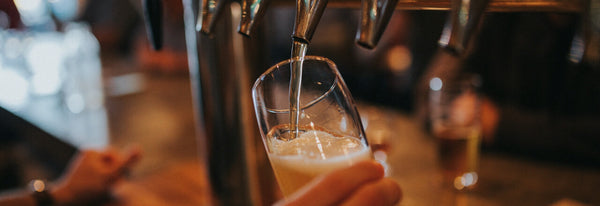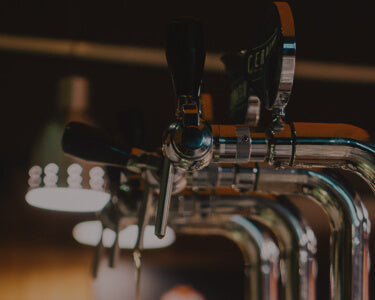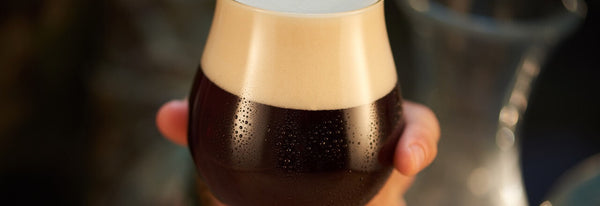
What is IPA beer?
What is an IPA? What makes a beer an IPA? Find out all you need to know about this now infamous beer style and discover what IPAs you can order at Beerwulf.

American beer
Traditionally, America is known for its bold, punchy IPAs - brewed with American hops, known to create a citrus, pine like flavours, often with a fragrant, powerful flare.

UK Beers
Explore the history of UK beer, major brands, unique styles, and emerging trends shaping the industry today.

Austrian Beers
In Austria, the first brewers can be dated back to the early Middle Ages, around 800 AD - and they were monks! Learn more about Austrian beers here.

What is Trappist beer?
All Trappist beers are abbey beers, but not all abbey beers are Trappists. Confused? Read our article for a detailed explanation on the beer, monks and more!

Saison beer | What exactly is a saison?
With its summery origins, thirst-quenching properties and fruity character, the saison is a must-have right now. Read our article to learn exactly what it is!

A complete guide to wheat beers & weissbier
Do you know the difference between Wheat Beers, Hefeweizen & Weissbier? Find out here, alongside our top recommendations.

What is Bock beer? Everything about Bock beer
What is Bock beer? What is Bock style beer? Can I get Bock in the Uk? Dutch Bock, German Bock and Belgian Bock beers, learn about them all!

What is Stout beer?
Looking for a solid stout beer definition? Or simply want to find out more about this delicious beer style? Find the answers to all your questions at Beerwulf!

Strong Beer
Want to know which are the strongest beers in the world? What are the secrets of strong beers? What defines them? Our beer sommelier reveals all!



